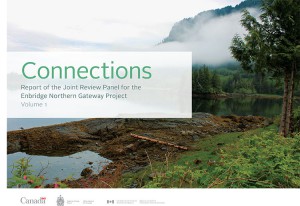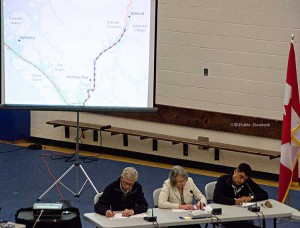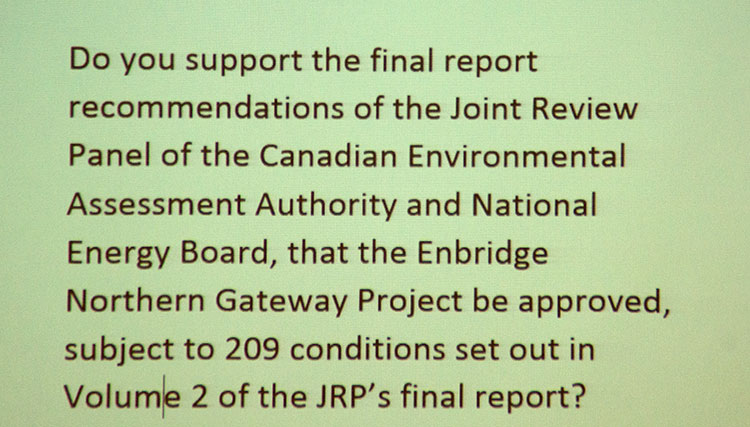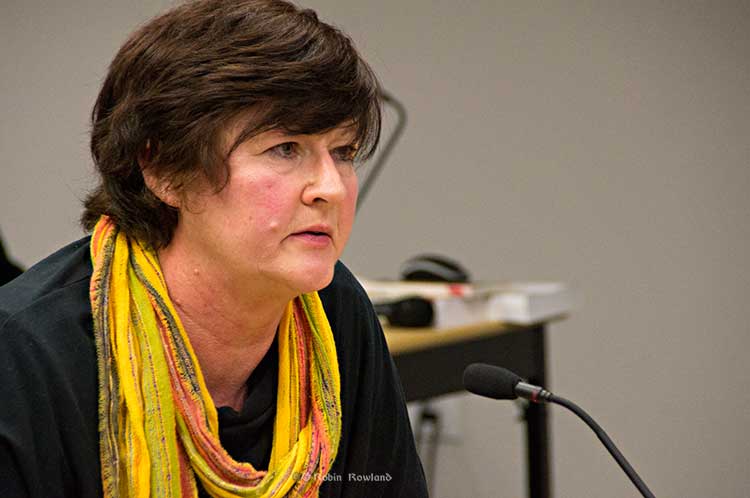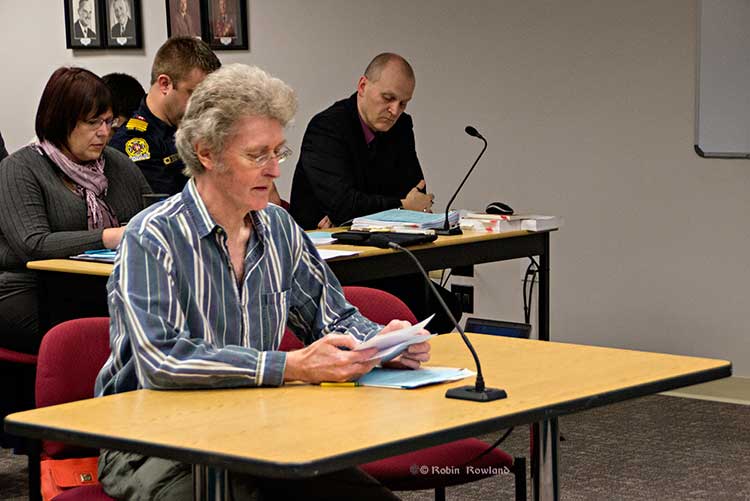
( Stanford University School of Earth Sciences)
A new study indicates that atmospheric emissions of methane, a critical greenhouse gas, mostly leaking from the natural gas industry are likely 50 per cent higher than previously estimated by the US Environmental Protection Agency.
A study, “Methane Leakage from North American Natural Gas Systems,” published in the Feb. 14 issue of the international journal Science, synthesizes diverse findings from more than 200 studies ranging in scope from local gas processing plants to total emissions from the United States and Canada.
The scientists say this first thorough comparison of evidence for natural gas system leaks confirms that organizations including the EPA have underestimated U.S. methane emissions generally, as well as those from the natural gas industry specifically.
Natural gas consists predominantly of methane. Even small leaks from the natural gas system are important because methane is a potent greenhouse gas – about 30 times more potent than carbon dioxide.
“People who go out and actually measure methane pretty consistently find more emissions than we expect,” said the lead author of the new analysis, Adam Brandt, an assistant professor of energy resources engineering at Stanford University. “Atmospheric tests covering the entire country indicate emissions around 50 per cent more than EPA estimates,” said Brandt. “And that’s a moderate estimate.”
The standard approach to estimating total methane emissions is to multiply the amount of methane thought to be emitted by a particular kind of source, such as leaks at natural gas processing plants or belching cattle, by the number of that source type in a region or country. The products are then totalled to estimate all emissions. The EPA does not include natural methane sources, like wetlands and geologic seeps.
The national natural gas infrastructure has a combination of intentional leaks, often for safety purposes, and unintentional emissions, like faulty valves and cracks in pipelines. In the United States, the emission rates of particular gas industry components – from wells to burner tips – were established by the EPA in the 1990s.
Since then, many studies have tested gas industry components to determine whether the EPA’s emission rates are accurate, and a majority of these have found the EPA’s rates too low. The new analysis does not try to attribute percentages of the excess emissions to natural gas, oil, coal, agriculture, landfills, etc., because emission rates for most sources are so uncertain.
Several other studies have used airplanes and towers to measure actual methane in the air, to test total estimated emissions. The new analysis, which is authored by researchers from seven universities, several national laboratories and US federal government bodies, and other organizations, found these atmospheric studies covering very large areas consistently indicate total U.S. methane emissions of about 25 to 75 per cent higher than the EPA estimate.
Some of the difference is accounted for by the EPA’s focus on emissions caused by human activity. The EPA excludes natural methane sources like geologic seeps and wetlands, which atmospheric samples unavoidably include. The EPA likewise does not include some emissions caused by human activity, such as abandoned oil and gas wells, because the amounts of associated methane are unknown.
The new analysis finds that some recent studies showing very high methane emissions in regions with considerable natural gas infrastructure are not representative of the entire gas system. “If these studies were representative of even 25 percent of the natural gas industry, then that would account for almost all the excess methane noted in continental-scale studies,” said a co-author of the study, Eric Kort, an atmospheric science professor at the University of Michigan. “Observations have shown this to be unlikely.”

(Stanford University School of Earth Sciences)
Natural gas as a replacement fuel
The scientists say that even though the gas system is almost certainly leakier than previously thought, generating electricity by burning gas rather than coal still reduces the total greenhouse effect over 100 years. Not only does burning coal release an enormous amount of carbon dioxide, mining it releases methane.
Perhaps surprisingly though, the analysis finds that powering trucks and buses with natural gas instead of diesel fuel probably makes the globe warmer, because diesel engines are relatively clean. For natural gas to beat diesel, the gas industry would have to be less leaky than the EPA’s current estimate, which the new analysis also finds quite improbable.
“Fueling trucks and buses with natural gas may help local air quality and reduce oil imports, but it is not likely to reduce greenhouse gas emissions. Even running passenger cars on natural gas instead of gasoline is probably on the borderline in terms of climate,” Brandt said.
The natural gas industry, the analysis finds, must clean up its leaks to really deliver on its promise of less harm. Fortunately for gas companies, a few leaks in the gas system probably account for much of the problem and could be repaired. One earlier study examined about 75,000 components at processing plants. It found some 1,600 unintentional leaks, but just 50 faulty components were behind 60 percent of the leaked gas.
“Reducing easily avoidable methane leaks from the natural gas system is important for domestic energy security,” said Robert Harriss, a methane researcher at the Environmental Defense Fund and a co-author of the analysis. “As Americans, none of us should be content to stand idly by and let this important resource be wasted through fugitive emissions and unnecessary venting.”
Gas companies not cooperating
One possible reason leaks in the gas industry have been underestimated is that emission rates for wells and processing plants were based on operators participating voluntarily. One EPA study asked 30 gas companies to cooperate, but only six allowed the EPA on site.
“It’s impossible to take direct measurements of emissions from sources without site access,” said Garvin Heath, a senior scientist with the National Renewable Energy Laboratory and a co-author of the new analysis. “But self-selection bias may be contributing to why inventories suggest emission levels that are systematically lower than what we sense in the atmosphere.”
The research was funded by the nonprofit organization Novim through a grant from the Cynthia and George Mitchell Foundation. “We asked Novim to examine 20 years of methane studies to explain the wide variation in existing estimates,” said Marilu Hastings, sustainability program director at the Cynthia and George Mitchell Foundation. “Hopefully this will help resolve the ongoing methane debate.”
###
Other co-authors of the Science study are Francis O’Sullivan of the MIT Energy Initiative; Gabrielle Pétron of the National Oceanic and Atmospheric Administration (NOAA) and the University of Colorado; Sarah M. Jordaan of the University of Calgary; Pieter Tans, NOAA; Jennifer Wilcox, Stanford; Avi Gopstein of the U.S. Department of State; Doug Arent of the National Renewable Energy Laboratory and the Joint Institute for Strategic Energy Analysis; Steven Wofsy of Harvard University; Nancy Brown of the Lawrence Berkeley National Laboratory; independent consultant Richard Bradley; and Galen Stucky and Douglas Eardley, both of the University of California-Santa Barbara. The views expressed in the study are those of the authors, and do not necessarily reflect those of the U.S. Department of State or the U.S. government.

